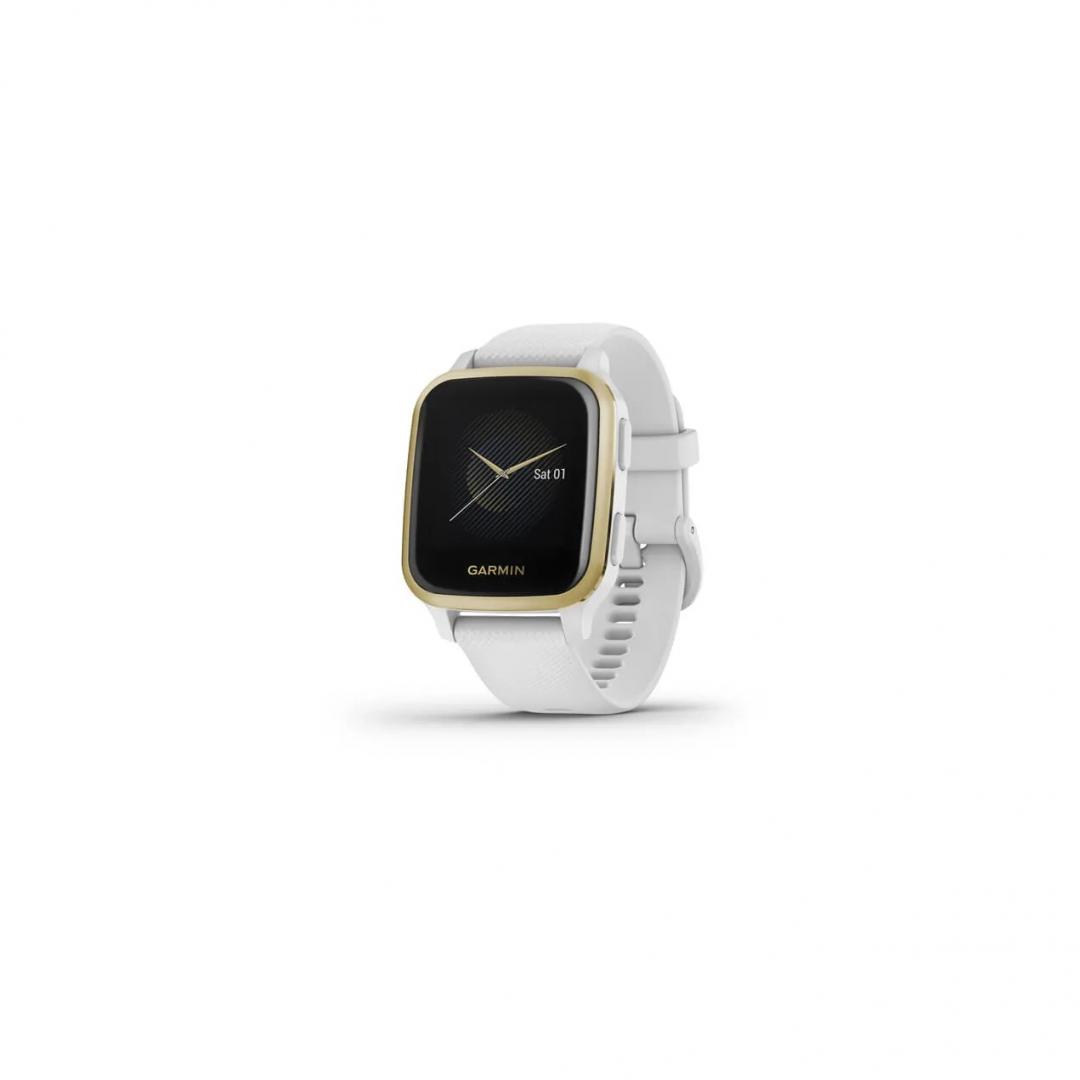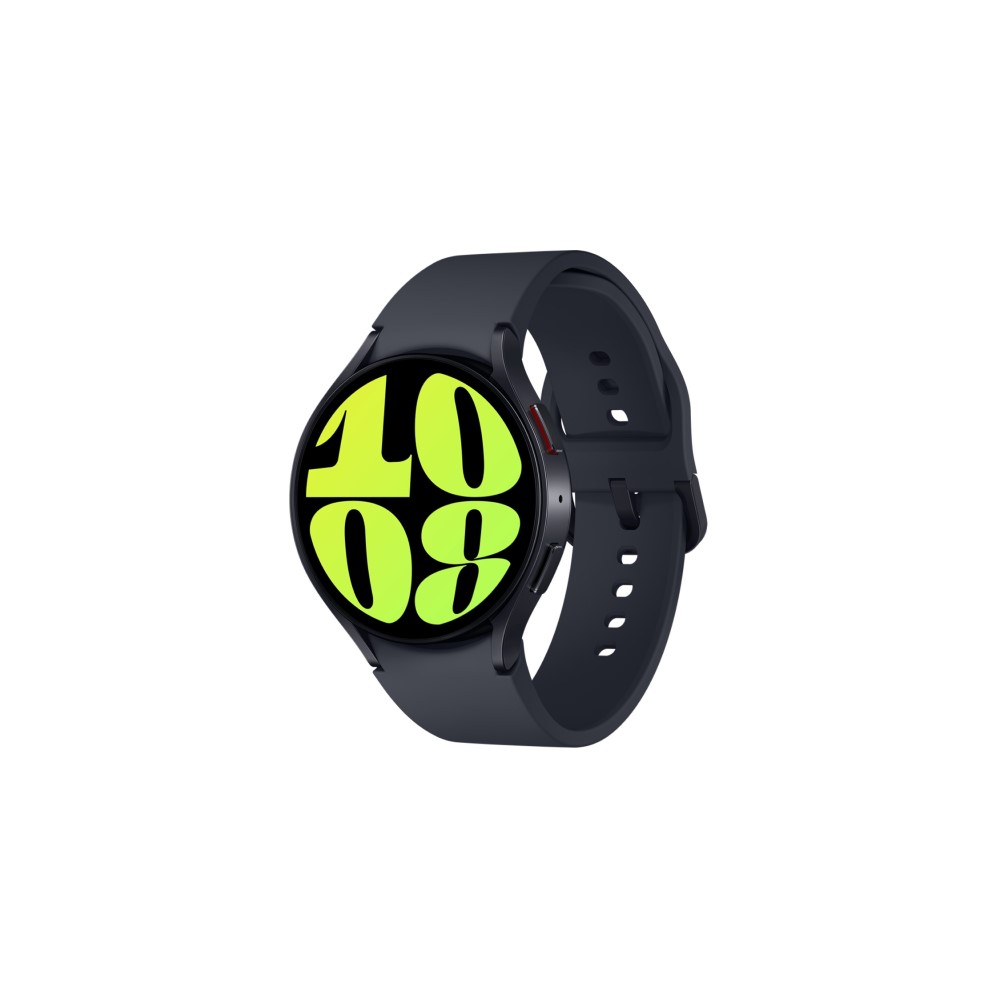Affiliate links on Android Authority may earn us a commission. Learn more.
I test smartwatches for a living and these are the only budget smartwatches I would buy
Published onDecember 13, 2024

Testing wearables for a living is a lot like living in a perpetual state of opening presents in front of the gift giver. Sometimes, a smartwatch is an absolute home run, and I can’t say enough about it. Other times, I wish I could quietly put a device back in its box. But unlike opening a present, one of the factors I evaluate in any new smartwatch is cost.
Many of my favorite finds have been budget-friendly watches and fitness trackers thoughtfully designed to bring valuable tools to more wrists. These wearables pack accurate sensors, robust tool kits, and enough basic smarts to warrant a place on my wrist without costing me an arm or a leg. Depending on your ecosystem, the devices below represent the budget smartwatches I would buy.
Garmin Venu SQ 2: The best budget smartwatch I’ve tested for Android users


The Garmin Venu SQ 2 is the best affordable smartwatch I’ve tested and is compatible with both Android and iOS phones. It represents the budget-friendly tier of Garmin’s Venu lineup and offers shoppers access to an incredible ecosystem at a great price.
For starters, the watch features a comfortable build, attractive OLED display, and nearly double the battery life of its predecessor. On the smart feature front, it supports Garmin Pay, notifications, and a handful of tools like weather and calendar. Android phone users can also issue basic text responses from the watch. For on-device music storage, there is an Sq 2 Music edition available as well, but unfortunately, that costs an extra $50.

Meanwhile, with heart rate and GPS accuracy that proved very reliable during my review period, it’s also a great workout companion. Garmin’s fitness platform is easily one of the best in the business, and Sq 2 users can tap into many of the brand’s top tools. I particularly appreciate the inclusion of Body Battery, which I found aligned with my perceived energy during the review period, as well as Health Snapshot for detailed insights. In short, this is a powerful device and reliable fitness tracker with enough basic smart features to keep users busy.
Apple Watch SE (2022): The best budget smartwatch I’ve tested for iOS users


For those in Apple’s ecosystem, it’s genuinely hard to compete with the brand’s in-house offerings. To that end, the latest Apple Watch SE is the best budget smartwatch for anyone with an iPhone. The device drops a few advanced sensors and swaps out premium build materials, and the result is a valuable device at a reasonable price.
Just like its pricier siblings, the SE model packs the best of watchOS, including seamless iPhone integration. Users can send texts, answer calls, access emails, view notifications, and so much more right from their wrists. For everything the watch doesn’t house natively, the App Store offers unmatched third-party app support to round out your device as needed. For me, that includes everything from Audible to Starbucks, plus my favorite workout and mindfulness apps.

Compared to Garmin’s Sq 2, the SE packs a ton more smart features, and it doesn’t drop the ball when it comes to fitness tracking either. I found the device’s heart rate accuracy every bit as good as its siblings and the GPS tracking is also reliable. The device tracks a broad range of workout types, plus all the wellness basics ranging from sleep tracking to stress. It does not, however, pack a temperature sensor or SpO2 sensor. For those, you’ll need to opt for a more expensive model.
Honorable mentions
While the Venu SQ 2 and Apple Watch SE 2 take the cake, I also highly recommend a few other budget wearables.
OnePlus Watch 2R


The OnePlus Watch 2R brings a power-saving dual-chip architecture to users looking for a reliable Wear OS experience. This means fantastic battery life and a bevy of Google’s top tools. To cut costs, the device is made from cheaper materials than its pricier siblings, but I still found it every bit as comfortable on the wrist and actually more attractive than the premium model. Most importantly, the OnePlus Watch 2R launched at $70 lower than the original OnePlus Watch 2 without sacrificing key internal specs.
Samsung Galaxy Watch 6


Now that the Samsung Galaxy Watch 7 has arrived, older models from the company’s lineup can be found at significantly reduced prices. With this in mind, last year’s Galaxy Watch 6 earns an honorable mention as a fantastic price-conscious buy. The device offers nearly the same user experience including an almost identical look and build. Earlier this year, Samsung entered the budget space with the Galaxy Watch FE but I don’t recommend this option unless you can find it at a discount. My colleague Ryan Haines stepped in to review this one and wasn’t blown away by the device when comparing the option to purchase a Galaxy Watch 6 or even Galaxy Watch 5.
CMF Watch Pro 2

Launched at just $69, Nothing’s CMF Watch Pro 2 represents one of the most effectively budget-friendly options available in the smartwatch market. More importantly, the watch delivers a solid experience even at its staggeringly low price. Shoppers will appreciate its colorful AMOLED display and uniquely customizable build with interchangeable bezels and bands, plus a functional rotating Digital Crown. Though not the most reliable fitness tracker, the Watch Pro 2 offers all the basics in terms of smart features and respectable battery life.
Withings ScanWatch Light


A health-focused, hybrid smartwatch, the Withings ScanWatch Light makes this list as more of a wildcard, but it’s still very much worth your consideration. It doesn’t offer as many smart features as others on the list, but it does boast a highly attractive, traditional aesthetic and an impressive toolkit for anyone interested in detailed health tracking. Below its mostly analog display, the watch tracks steps, sleep, and heart rate, automatically detects four exercises, and actively tracks more than 40 types of workouts. It can even notify you of unexpected heart rates and breathing disturbances and supports on-device cycle tracking. Perhaps best of all, it boasts up to 30 days of battery life.
Why you should trust me

I’ve been professionally testing and reviewing wearables for over three years, dating back to before Samsung teamed up with Google for the Wear OS we now know and love, and before Apple launched its first-generation, massive Ultra. I’ve reviewed dozens of smartwatches, fitness trackers, dedicated heart rate monitors, smart rings, sleep trackers, exercise equipment, and health and fitness apps and platforms. In other words, I’ve sweat my way through a ton of products to learn what makes them valuable and what features matter most.
At the start of every review, my focus is two-fold: user experience and value. First, I approach each product as a typical user, noting everything from comfort and design to performance and features. I fire off texts, download apps, and tap into everything from timers to gesture controls. To dig even deeper, I bring expertise and comparable metrics to the conversation, using tools like heart rate monitors, pedometers, pulse oximeters, and trusted sleep trackers and GPS devices. I create varied workout plans to test fitness tracking accuracy and closely monitor my stress and sleep to review recovery metrics. Above all, I wear the device consistently to garner a thorough understanding of what it offers and what it’s like to own. I also simultaneously use competitors’ products to compare differences and collect comparative data.
I've been professionally testing and reviewing wearables for over three years.
When all that is done, I sit down with the wearable and all the details I’ve collected to evaluate its value. This means establishing its place in the larger market and evaluating whether its price is fair for what it offers. If a product boasts a large feature set but doesn’t deliver accuracy, it may not be worth its price. Conversely, if a wearable successfully executes more tools than competitors of equal price, I value it higher.
Typically, my review period lasts at least a week, giving me time to explore the product fully. For some launches, this process can extend to weeks or months. I also revisit the devices I test regularly to check in on software updates and feature drops and to make sure my original findings stand the test of time.